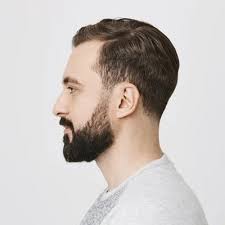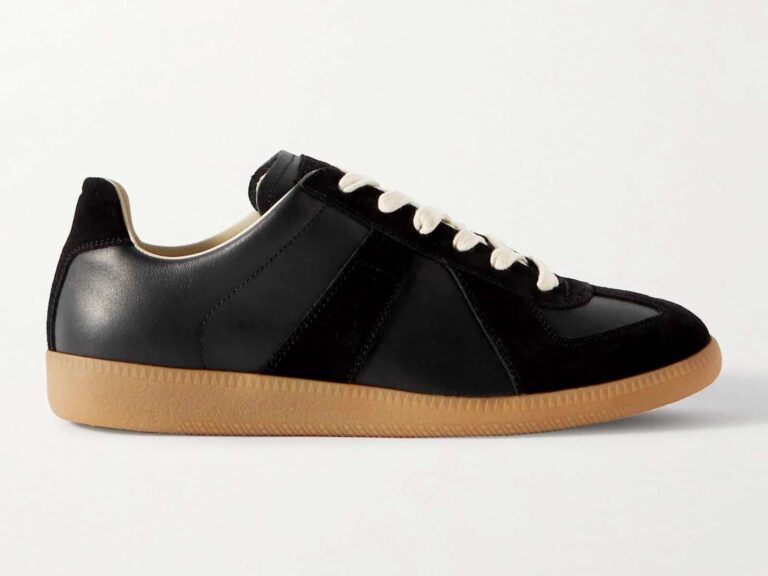Hair Transplant in Dubai has evolved into a precise medical science that combines advanced technology with artistic skill to create natural, permanent hair restoration. In the past, hair transplants were often associated with unnatural “pluggy” results—but modern techniques have changed that entirely. Today, patients in Dubai can enjoy a seamless, realistic look that blends perfectly with their natural hair.
In this blog, we’ll uncover the science behind modern hair transplant methods, how they work, and why Dubai has become a global leader in delivering natural, long-lasting results.
Understanding the Basics of Hair Transplant Science
At its core, a hair transplant involves moving healthy hair follicles from one area of the scalp (called the donor site) to areas affected by thinning or baldness (the recipient site).
The donor area—typically the back or sides of the head—is genetically resistant to the hormone DHT (dihydrotestosterone), which causes hair loss. When these resistant follicles are transplanted to bald areas, they retain their natural characteristics and continue to grow throughout life.
The beauty of this science lies in the fact that transplanted hair behaves exactly like natural hair—it grows, sheds, and regenerates normally.
Why Dubai Leads in Hair Restoration Science
Dubai has positioned itself as one of the most advanced destinations for aesthetic and medical treatments. The city’s clinics have invested heavily in the latest technologies, research, and training to ensure every patient receives world-class results.
Here’s why Dubai is at the forefront of hair transplant science:
-
Cutting-edge technology: Clinics use robotic and microscopic tools to enhance precision.
-
Highly trained surgeons: Many specialists in Dubai are internationally certified and participate in global hair restoration research.
-
Personalized procedures: Every hairline is custom-designed based on the patient’s facial structure, hair texture, and density.
-
Advanced sterilization and safety standards: Clinics operate under strict Dubai Health Authority (DHA) guidelines.
-
Holistic approach: Surgeons in Dubai often combine transplants with PRP therapy and laser treatments to enhance healing and growth.
The Two Core Techniques: FUE and FUT
The science of modern hair transplantation revolves around two primary methods—FUE (Follicular Unit Extraction) and FUT (Follicular Unit Transplantation). Both use the same biological principle—relocating DHT-resistant follicles—but differ in the extraction process.
1. FUE (Follicular Unit Extraction)
FUE is a minimally invasive technique where individual hair follicles are extracted one by one from the donor area using micro-punch tools.
Advantages:
-
No linear scars
-
Quick healing
-
Minimal discomfort
-
Perfect for short hairstyles
-
Natural-looking density
2. FUT (Follicular Unit Transplantation)
In FUT, a strip of scalp is removed from the donor area, and the follicles are carefully dissected under a microscope before being transplanted.
Advantages:
-
Ideal for patients needing large graft numbers
-
High graft survival rate
-
Cost-effective option
In Dubai, surgeons often combine both techniques (a hybrid method) for optimal results depending on the patient’s needs.
The Role of Technology in Hair Transplant Science
Modern hair transplant success depends heavily on technology. Dubai’s clinics utilize tools that minimize trauma and maximize follicle survival. Some of the most advanced systems include:
-
Robotic Hair Transplant Systems: Artificial intelligence guides precise follicle extraction and implantation, ensuring uniform spacing and direction.
-
Sapphire Blade FUE: Uses sapphire blades for finer incisions, faster healing, and denser results.
-
DHI (Direct Hair Implantation): A pen-like implanter places follicles directly into the scalp without prior incisions, offering more control and natural angles.
-
Microscopic Graft Preparation: High-powered microscopes preserve follicle integrity, improving graft survival rates.
This integration of technology ensures that each hair is positioned at the correct depth, angle, and density to mimic natural hair growth.
The Biological Process After Transplantation
After transplantation, the body begins a fascinating biological process to accept and nourish the new follicles.
-
Initial Healing (0–2 weeks):
The scalp may appear red or slightly swollen, but the follicles start anchoring themselves into the recipient site. -
Shedding Phase (2–6 weeks):
The transplanted hairs fall out—a completely normal part of the cycle—as the follicles enter a resting phase. -
Regrowth Phase (3–6 months):
New hair begins to sprout from the transplanted follicles. It starts fine and thin but gradually thickens over time. -
Full Growth (9–12 months):
By the one-year mark, most patients see full results, with thicker, healthier hair that continues to grow naturally.
This timeline demonstrates how biology and medical precision work together for lasting results.
Natural Hairline Design: The Art in the Science
While technology plays a vital role, artistry is equally essential in achieving natural-looking results. Surgeons in Dubai are trained not only in the technical aspects but also in aesthetic design.
Key elements of a natural hairline include:
-
Soft, irregular front lines (not a straight edge).
-
Strategic density gradients (more density at the center, softer edges).
-
Matching hair angle and curl direction to existing hair.
This careful design ensures that the new hair complements your facial features, age, and gender for a truly natural result.
Supporting Scientific Therapies
Dubai’s clinics also integrate supporting scientific therapies to improve transplant success and boost natural hair growth:
-
PRP Therapy (Platelet-Rich Plasma):
The patient’s blood is processed to extract growth factors that stimulate follicle healing and growth. -
Low-Level Laser Therapy (LLLT):
Encourages cell metabolism and accelerates recovery post-transplant. -
Scalp Micropigmentation (SMP):
Used for density illusion and to enhance visual fullness. -
Nutritional and Hormonal Support:
Clinics often offer tailored supplements and treatments to ensure long-term hair health.
Why the Results Look So Natural
The natural look of a modern hair transplant in Dubai comes down to several factors:
-
Precise follicle placement ensures even growth and coverage.
-
Smaller grafts (1–4 hairs each) mimic real hair groupings.
-
Natural density distribution avoids the “wig” appearance.
-
Advanced healing techniques minimize scarring and recovery time.
-
Customized designs match each individual’s unique facial proportions.
Each step—from extraction to implantation—is guided by meticulous attention to detail, ensuring that the final outcome looks completely authentic.
Safety and Long-Term Success
Dubai’s surgeons follow strict international safety protocols. Each procedure is performed under local anesthesia in sterile conditions. The risk of complications such as infection or graft failure is extremely low when performed by certified professionals.
Moreover, the transplanted follicles are permanent—they retain their genetic resistance to hair loss. With proper care, the results can last a lifetime.
Conclusion
The science behind Hair Transplant in Dubai is a perfect blend of medical innovation, biological understanding, and artistic mastery. Using advanced techniques like FUE, FUT, DHI, and robotic systems, Dubai’s leading clinics deliver natural, seamless results that restore not just hair—but confidence and self-esteem.
Whether you’re looking to fix a receding hairline or achieve fuller volume, Dubai offers the latest in hair restoration science, personalized care, and guaranteed results.
Your journey to natural, lasting hair growth begins with the expertise and innovation found only in the world-class clinics of Hair Transplant in Dubai.


